 In March 2015, The Arts Council of Ireland issued an OPEN CALL to the Irish imagination for ambitious projects to commemorate the Centenary of the Easter Rising. Selected by an independent, international jury, a total of €1 million was made available for this initiative.
In March 2015, The Arts Council of Ireland issued an OPEN CALL to the Irish imagination for ambitious projects to commemorate the Centenary of the Easter Rising. Selected by an independent, international jury, a total of €1 million was made available for this initiative.
In the press coverage that followed – ANU’s Pals, was cited as an example of how the arts could capture the public imagination in dealing with painful memories from the past (https://www.irishtimes.com/news/ireland/irish-news/arts-council-to-provide-1m-funding-to-mark-the-centenary-of-the-easter-rising-1.2129592) – who would have thought then…
David Bolger and Louise Lowe had been talking for a while about coming together to create a work that blurred traditional artform boundaries and news of this open call led David, Louise. Owen, Lynnette, Matt and myself to come together in Collins Barracks and discuss the details of making an application within the one month window.
The resulting submission focussed on collaboration, bringing together three artists to create a truly interdisciplinary performance work, which took as its starting point the 38 female testimonies of the North King Street massacre. Our application summary read: This exciting collaboration positions CoisCéim and ANU at the forefront of interdisciplinary practice. THESE ROOMS will reaffirm the role of art in negotiating history and produce a vital, real-time work that looks at the 1916 rebellion not through the typical eyes of the heroes but through the civilians who became involved when the uninvited rising invaded their homes with devastating consequences
We pressed send on the 15th April 2015 and thought little more about it. The OPEN CALL was intensely competitive – 258 applications were received.
The selection process was two phase. A shortlisted was drawn up in June and we were invited to elaborate on our submission in terms of creative and production detail. Special thanks for their support at this stage goes to our partners at Collins Barracks, National Museum of Ireland and National Archives of Ireland. Phase 2 was submitted in July. We had no idea how many people were on the shortlist, and thought – wow – brilliant to get this far.
The surprise, delight and incredulity following Liz Meaney’s phone call to David Bolger when told that the application had been successful was matched with more than a little apprehension. What an opportunity!
…and now we have to do it!
Soon after the Dublin Theatre Festival came on board as the premiere presentation partner for the live performance element, cementing the dates.
Now at the time of writing, it’s one year on – creative development workshops have taken place, casting is complete, 14-18 NOW is a co-commissioner of the work, FLAC (Free Legal Advice Centres) are generously allowing us to use their building as the site for all aspects of the project, and we are ready for the start of rehearsals on 15 August to make THESE ROOMS.
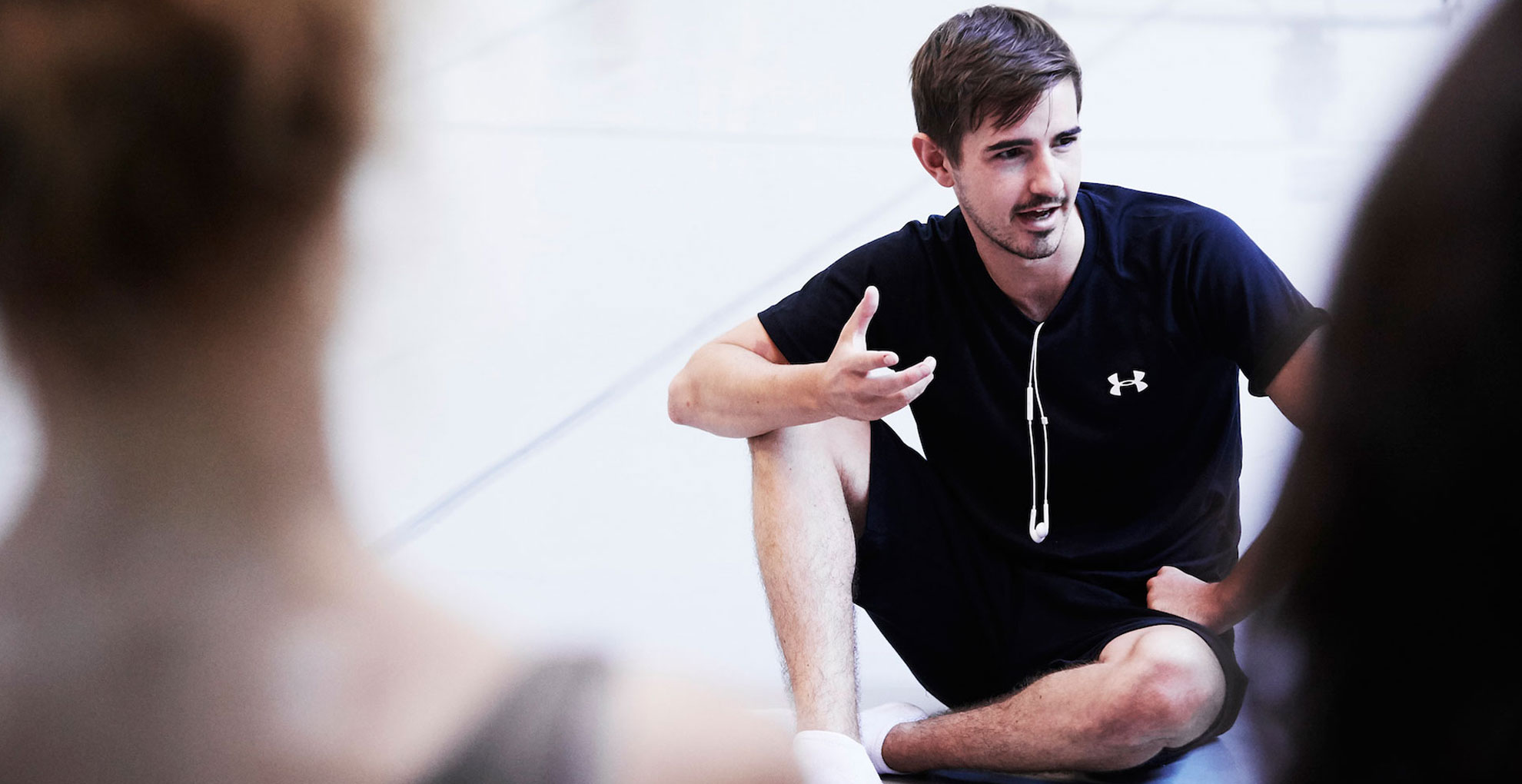
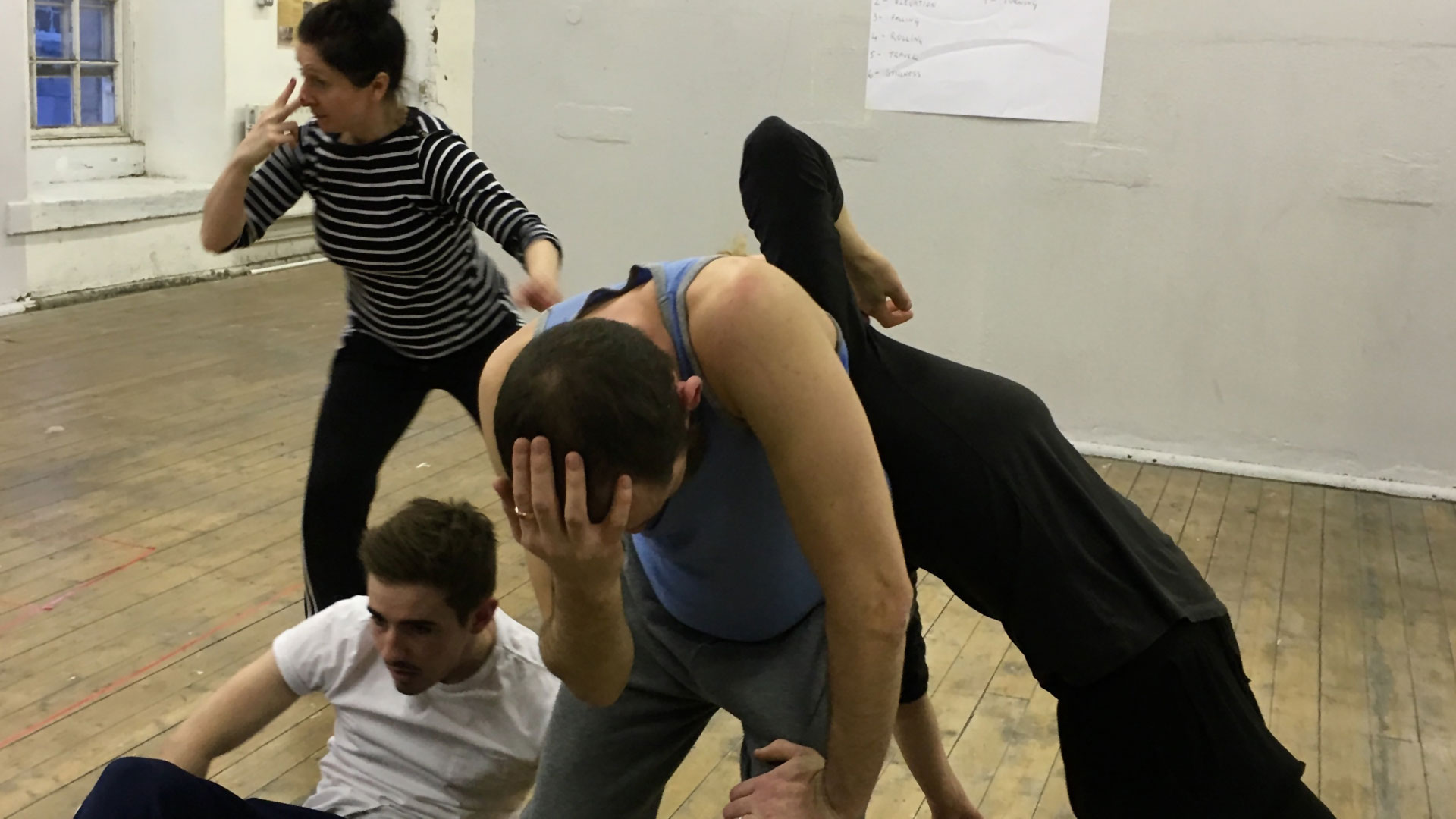
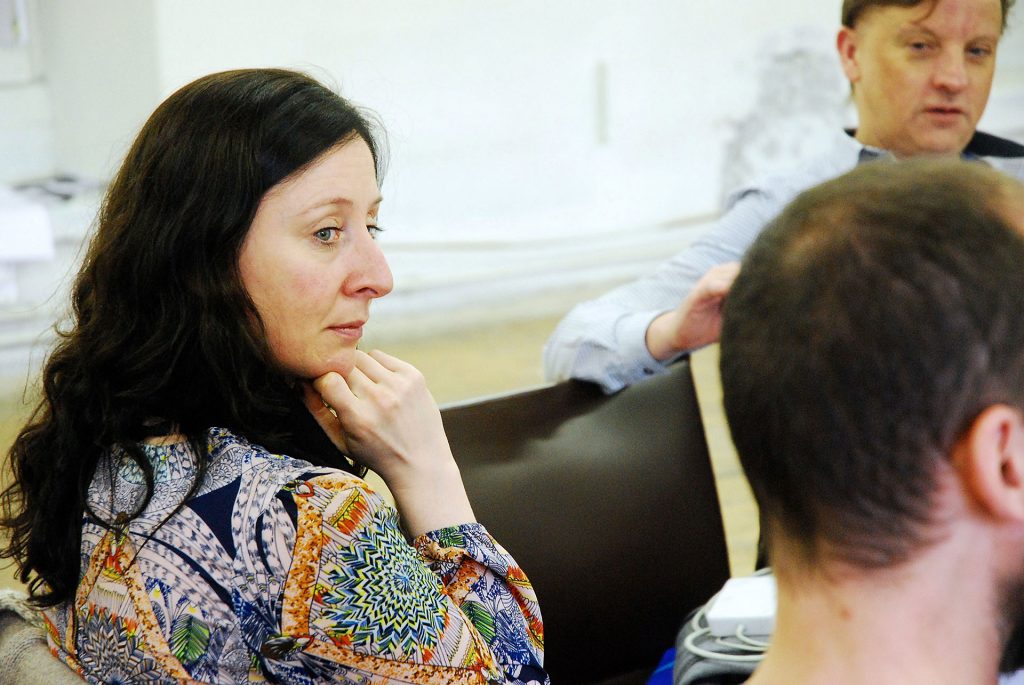
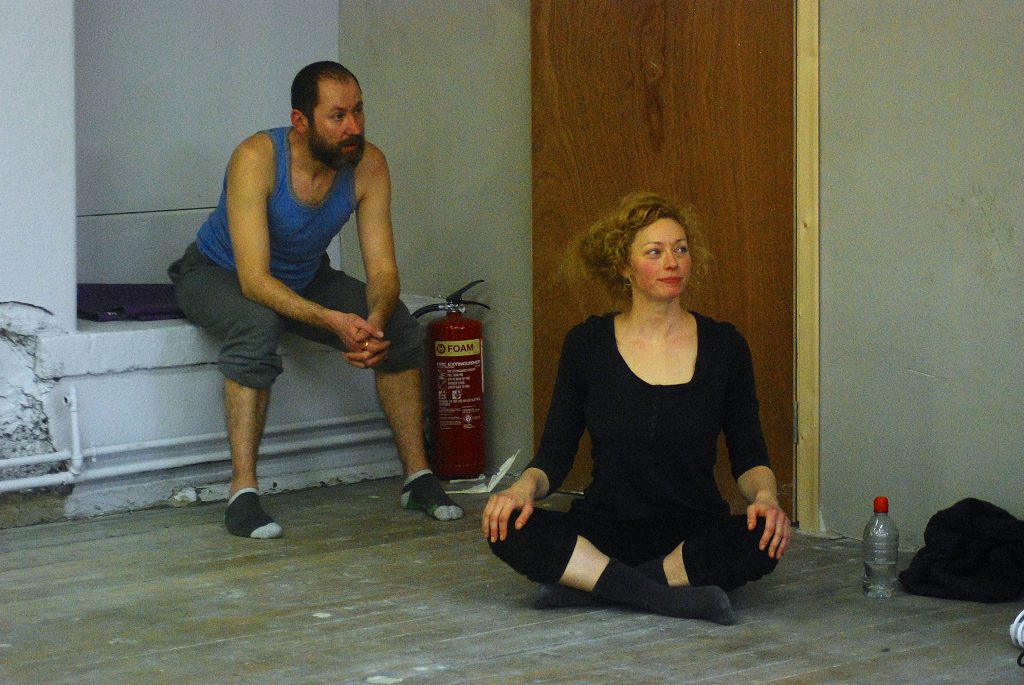
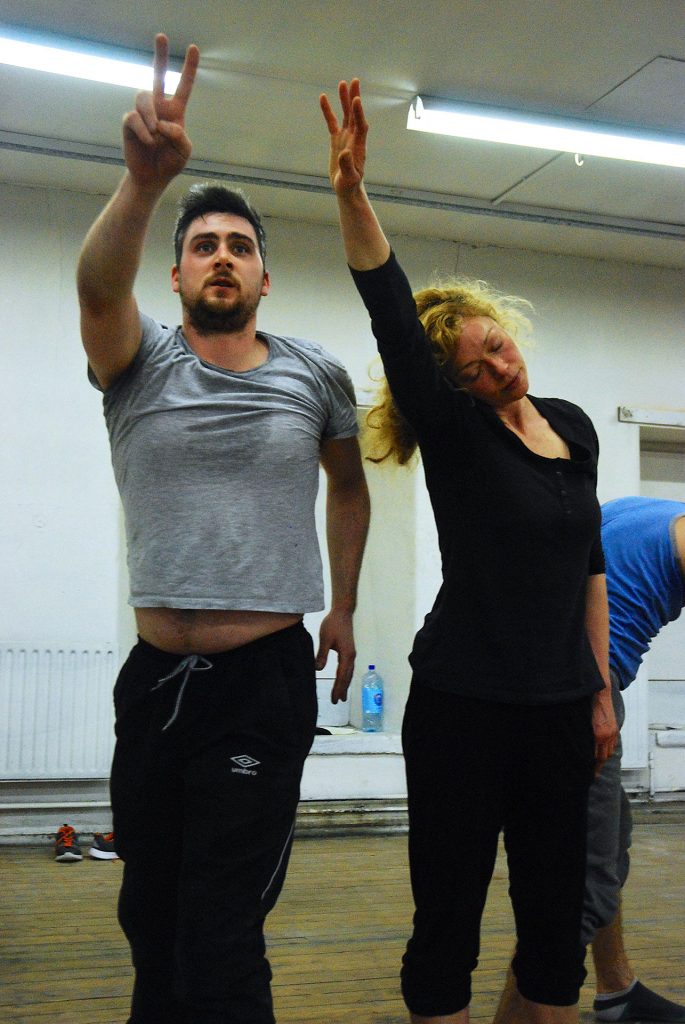
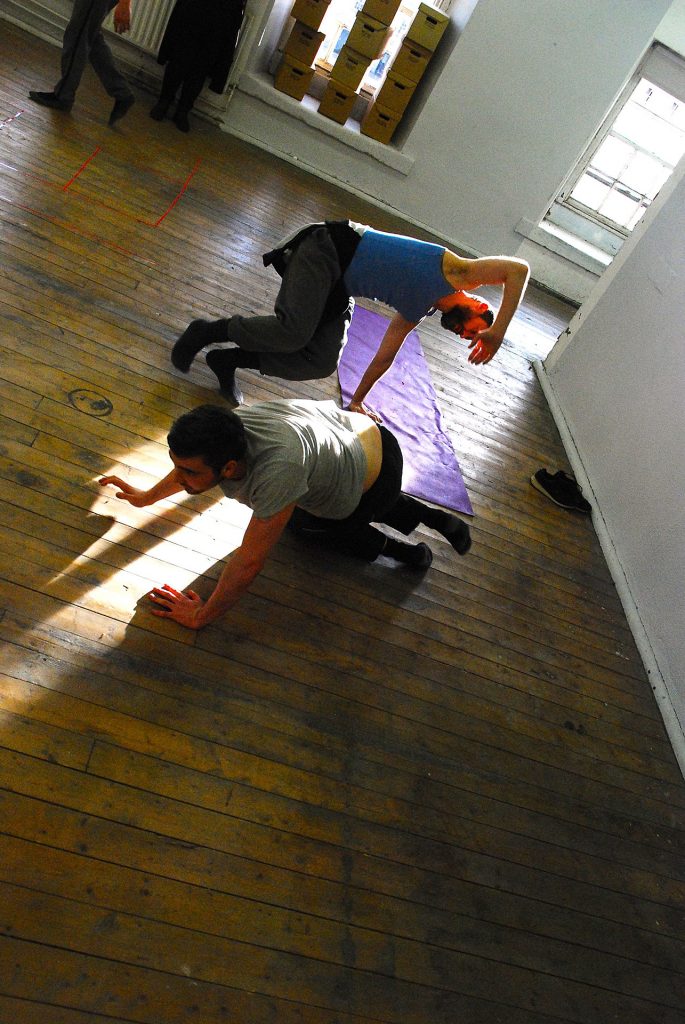
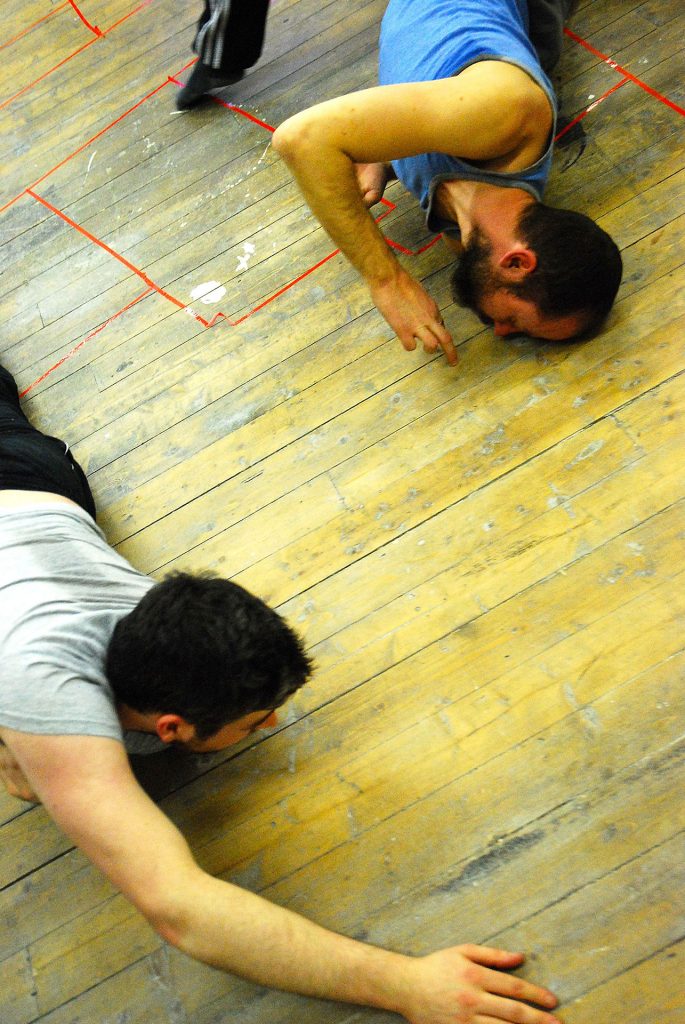
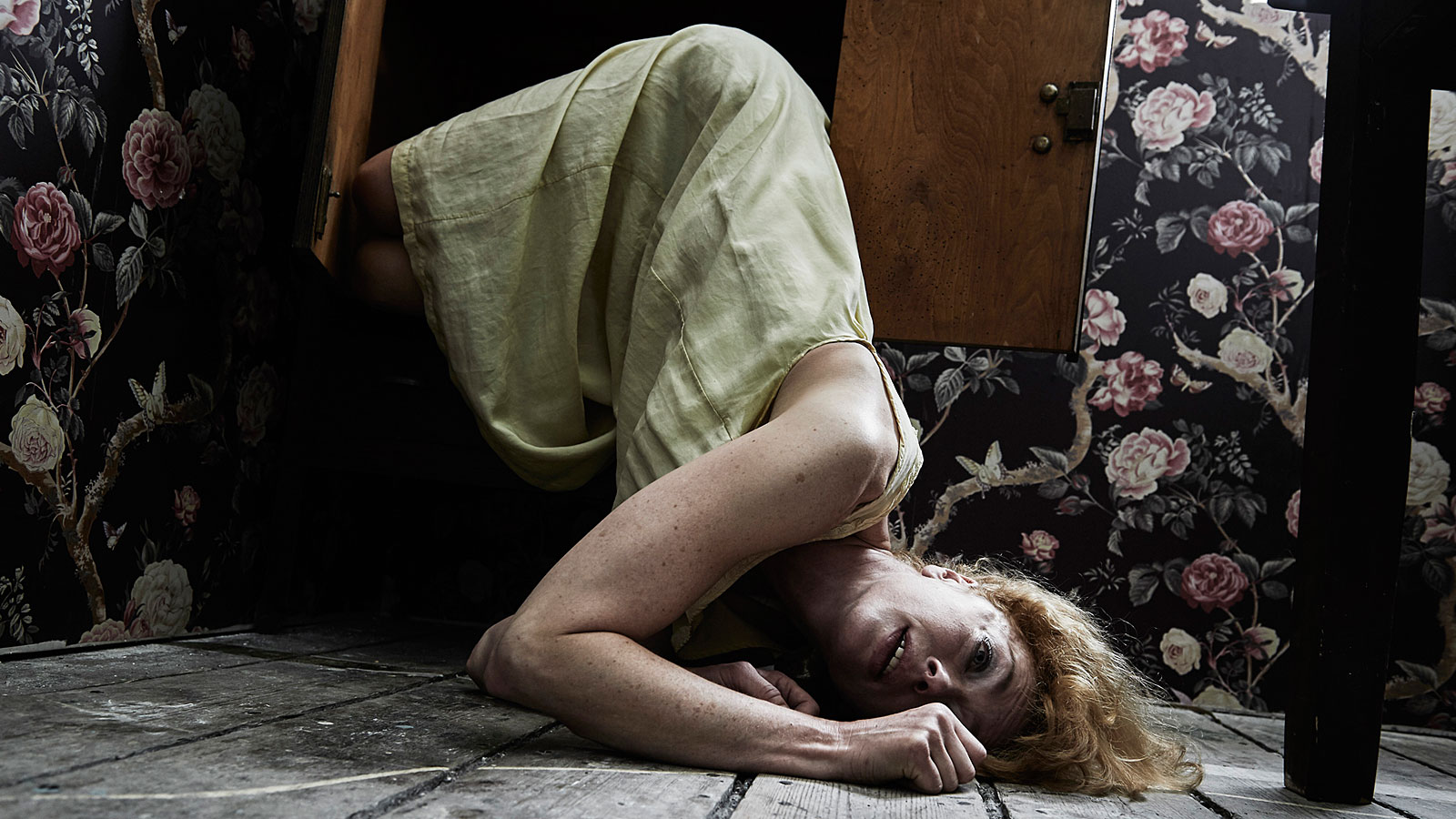





 In March 2015, The Arts Council of Ireland issued an OPEN CALL to the Irish imagination for ambitious projects to commemorate the Centenary of the Easter Rising. Selected by an independent, international jury, a total of €1 million was made available for this initiative.
In March 2015, The Arts Council of Ireland issued an OPEN CALL to the Irish imagination for ambitious projects to commemorate the Centenary of the Easter Rising. Selected by an independent, international jury, a total of €1 million was made available for this initiative.






